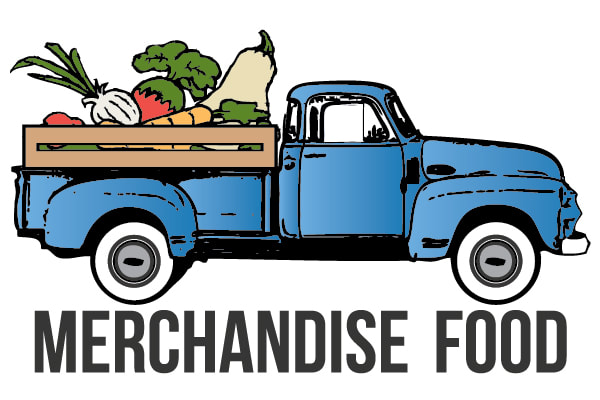|
Branded Snacks and Destination Souvenirs are highlighted in a unique retro lawyer case and metal cabinet. Digital menu signage features retro graphics and cues guests at store entrance to foster decision making at the register. Fun and colorful overhead signage draws attention. Brand wrapped chest freezer displays pints with nicely designed pricing signage prompting "to-go" business. I really enjoyed my visit and black raspberry ice cream with brownie chucks in a fresh waffle cone. I hope to be back soon! Great job Milk Box with your intentional in-store food merchandising efforts!
0 Comments
Clear acrylics can play an important role in food merchandising. A key attribute is their high impacts product views often lost with other merchandising vessels such as crates, baskets or metal containers. These units can be great for displaying hard to merchandise objects that do not stand upright on thier own such as candy or energy bars. Acrylics come in a variety of shapes and sizes from single cubes or cylinders to on counter tiered impulse displays. Often seen at register areas acrylics can provide a great way to containerize small $1 to $6 objects prone to be purchased at check out. The photo above shows a technique to fill empty shelving gaps using colorful products in clear cubes.
On a recent trip to Chicago we noticed a well-outfitted mobile grab and go food cart. This unit was capable of parking in terminal areas which may have had higher levels of travelers at the particular time. The pop up nature of the retail unit will certainly allow for easy placement in key locations. The refrigerated top unit holds a variety cold beverages while the perimeter metal fixturing created a 360 degree shopping experience. Perhaps the novelty alone of this unique mobile food market attracts customers by drawing them in to see such a surprising store on wheels. The cart was wrap decorated with designed adhesive graphics to provide strong messaging to hungry guests. A shout out to a great food merchandising feat.
Merchandise Food was recently featured on an online Retail Summit Event to discuss how hospitality groups are resonating with the traveling guest's needs through their Grab & Go market concepts. Learn more by watching the video below. 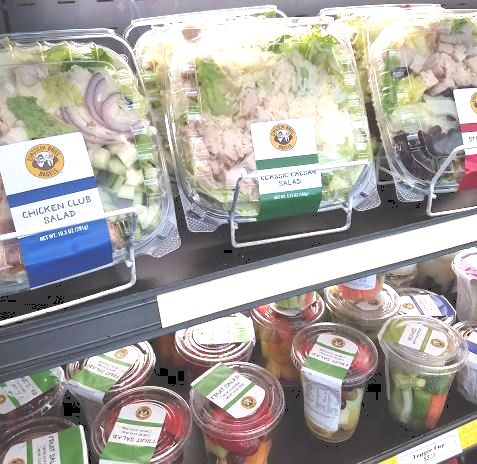 As eating occasions change (more frequent snacking, grab & go foods, meal-kits) food solutions are transitioning to give customers what they want, namely, more time. I imagine we all need more time to check email, relax, work, or visit with friends. Can my favorite restaurant give me more time cloaked in the category of say: lunch? I believe the definition of great food and service has incrementally shifted towards the relative "time-saving" factors their makers provide. The best food retailers are rethinking the element of "time" and delivering game changing solutions. Across the food industry we see it happening: Consider the following:
While many time saving solutions happen outside brick and mortar, consider what we can evolve within store walls to speed the process or transition it to a more memorable and desirable experience. Guests do not want to sacrifice quality or flavor but need foods in convenient packaging, pack sizes, including completed meals or value-added ingredients. Historically the personal service of foods made-to-order or selected and packaged to your request by a friendly attendant from behind a glass display case (pastries, sandwiches, etc.) has now be replaced with a different mentality. Now food retailers who can provide me delicious, customized to my liking foods fastest rise to the top of my list. As a result, operators will need to make and merchandise foods in new ways. Leadership will need to consider methods on how to make the shopping and purchasing process smoother and more guest centric. Retailers must consider changes to their business approach which may include:
Is it time to prioritize giving your guests more great food with a side of "time"? 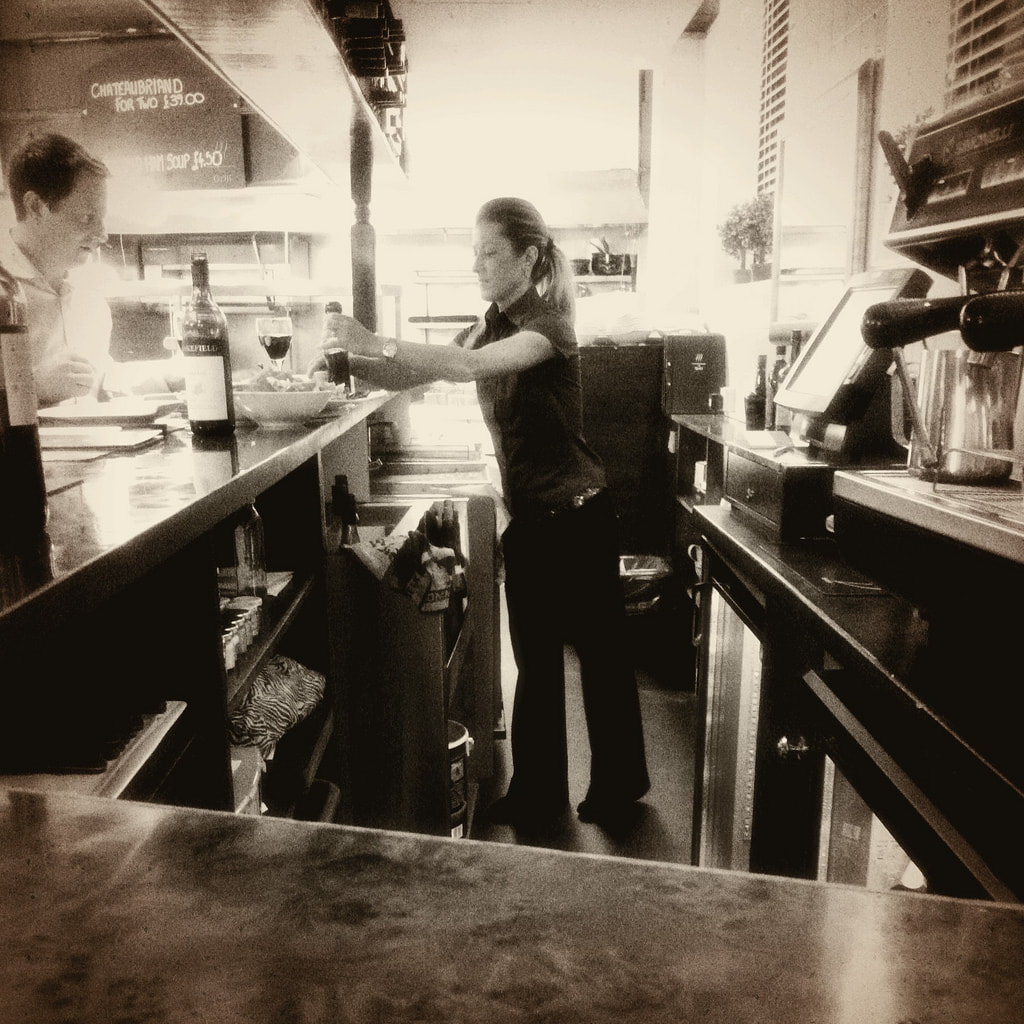 The Challenge: With the decline of hotel room service and "cliche hotel sit-down restaurants," hotel groups & brands are quickly developing unique hybrid food concepts to meet a variety of guest needs with a centralized retail operation. These beautifully designed off-lobby eateries, markets and cafes often feature a combination of packaged retail snacks and beverages, take-away packaged salads & sandwiches, 0and quickly assembled made to order (M-T-O) food offerings. Despite this logical approach, many evolutionary market concepts fail to achieve optimal sales results. Why? In reality, these sites feature inefficient use of space, weak visual merchandising strategies, and disjointed and out-of-touch packaged food items. From our perspective, the root cause is actually quite simple. For centuries hotel guests have expected nothing more than in-room dining and a trip to the traditional lobby bar / restaurant. As a result, food & beverage degree programs, and job descriptions have not historically required retail skillset training. From hourly employees to executives hospitality groups need focused strategic advisory, training, merchandising tool-kits, and technology solutions already driving modern food retailing. Retail best practices must infuse the industry from the marketplace design process through the day to day market operational procedures. The hospitality industry must begin to bolster employee skill sets in the following areas to improve financial results and guest satisfaction while operating on-property food markets:
This select short list is only a small perspective on many factors others impacting strong retail operations. Gaining insights at the corporate brand level and developing management skillsets in these areas will uncover opportunities today and support the evolution of a design process for the hotel retail food outlets of the future. Don't miss the opportunities likely abounding in your hotel, resort, or timeshare food market. Jonathan RadunsMerchandise Food: Partner, Retail Strategy & Food Merchandising Advisor In our travels we keep our eyes posted for great grab & go food products and ideas. Many of these solutions are being driven by innovation in hotel and restaurant kitchens by creative and innovative chefs. Other products we observe are quick and easy retail-ready items to bolster an existing product mix with an outsourced solution created by a food manufacturer. Building a well rounded product mix may require both methods to expand into new product categories without over loading the in-house kitchen. Using pre-packaged products purchased from a wholesaler are typically ready to sell with UPC codes and excellent packaging for products to "sell themselves." Utilizing these items will often help generate entirely new sales and meet guest needs in areas you may prefer not to be creating house-made food solutions. Let's review some of the recent sightings we've discovered above that caught our attention as functional, convenient, innovative and likely delicious grab and go foods. Disclaimer: Please keep in mind we have not sampled all the products below. We are not making any claim or professional recommendation, or endorsement but rather providing some ancedotal comments and ideas for specific products or product categories which may helpful to advance your own current grab and go food offerings: Edamame & Citrus Salt: Pre-packaged Grab & Go CupThe uniqueness of this item caught my attention. It's always fun to see a business try something new. The lesson from this product is to brainstorm what items might appeal to your customers and give it a try. While we hid the product label in our screen cap, this offering was in the espresso bar refrigerated case alongside a wonderful watermelon feta salad and other upper-scale gourmet offerings. The product mix was very concise, but was interesting enough to likely drive impulse purchases.Zoupa Noma: "Ready-to-Sip" Single-Serve Refrigerated SoupsIn our research we discovered Zupa's "Farm to Bottle" USDA Organic Soups. These "superfood" soups are touted for their power packed nutrient profile due to the inclusion of the vegetable's natural skin into their recipes. Their colorful packaging is incredibly magnetic to health-minded folks looking for a boost. Zupa's website states, "Souping is the new Juicing." We haven't tried them yet, but we'll be looking for an opportunity to do so. Many companies are offering domestic and imported cold soups formatted in easy-to-drink bottles. Retailers will need to take extra precaution to ensure these items are refrigerated, handled and merchandised properly in the appropriate temperature zones. Check sell-by dates regularly. Naturello Che Pasta Refrigerated Pasta BowlsThese items were so new they may require some time to enter U.S. distribution. From our understanding they are fresh pasta bowls heated within 3 minutes. Their sister products of soups, sauces, and other fresh items imported from Italy may become of greater interest to grab and go or specialty food retailers in the future. Keep in mind these solutions would require a microwave nearby to our knowledge. See Naturello website for more information. Olli Meat & Cheese SleevesThese handy single-serve hearty snacks merchandise easily in their box in a high-impact upright orientation. Check with Olli on any solutions that may possibly be shelf-stable to expand your offerings.
What caught our attention about these flatbreads was their preparation and merchandising. Instead of using a traditional display case which may require more labor and limit guest questions or interaction with the product, these were packaged in to-go plastic containers. Guests would select their entree and hand to the cashier or attendant to warm accordingly. I believe this method in some circumstances could help speed wait times and shift some "labor" in the the check-out process back to the customer. There are positives and negatives to taking this approach, however, for stores without a display case it may allow for better visuals than simply using an overhead menu board or culinary imagery instead of the real thing. Onward and UpwardYour product mix is what you make of it. A great curated selection of items to offer your customers will take time and effort to build, source and procure. The opportunity is in building a variety of items that will appeal to more guests and meet more needs along the way. Our clients regularly ask us to help them determine where gaps may be within their current offerings or to build a product mix in alignment with their retail food concept or brand.
It's amazing how many "novel" innovations & discoveries in modern food retailing have mirrored past discoveries from ages past. Beyond one's own industry It is also fruitful to extract ideas and merchandising techniques from other retail segments such fashion, general merchandise, or even boutique goods. Recently I was quite captivated by two books and a PBS documentary all chronicling the stories three historic successful merchants. What intrigued most was 3 relevant lessons for today's food retailers from as far back as the 1800s! Let's take a look below.
Cereal Tycoon by Joe Musser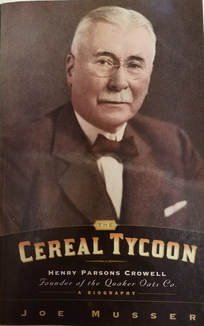
The next time you enjoy a bowl of oatmeal consider the food industry innvations of Henry Pasons Crowell founder of the famous Quaker Oats Company. Despite tremendous competitive hurdles & heath challenges Henry's exceptional faith in God lead the way for a successful company who's philanthropic efforts benefitted many. Henry created and promoted one of the first successfully branded food products. This was a bold effort, and as author Joe Musser states, "No one knew what might happen if someone tried to sell a legitimate product with honest claims." Further, Crowell pushed hard to obtain an advertising budget and soon Muss explains, "the Quaker name and trademark image were universally visible. They were painted on barns, box cars, wagons and even street cars. Metal signs were nailed to fence posts, telegraph poles, grocery screen doors, and windows. The displays ads were in newspapers, magazines, and on posters posted everywhere." Further Quaker Oats banked on the grab & go food solution equivilent of the day by formatting products into convenience sized individual boxes. Rather than remain a generic commodity dispensed from a pest-prone unsanitary barrel on the sales floor of the local general store Quaker Oats created a signature branded, colorfully labeled box for easy transport, use, and marketing.
Take Away Grab & Go Food Lesson 1 - Reformat Products for Guest's Needs & Easier Purchasing : Review your product mix for opportunities to reformat your fresh offerings into a more easy to buy customer centric format. Consider packaging, labeling, and customer education by use of compelling labeling and signage. Review opportunities for private labeling your convenience foods with a trademarked brand. While this may seem logical many retailers continue to offer items in irrelevant sizes for quick or single serve consumption. Other retailers have entire categories (bakery, fresh produce, sweets) which are not packaged in manners to purchase without the assistance of an attendant or greater effort on the customers behalf. While uncooked oats are not a grab & go food, Crowell's understanding of his customer's needs and translating his product, message, and packaging to suit can clearly apply to modern food retailing. Minding the Store by Stanley Marcus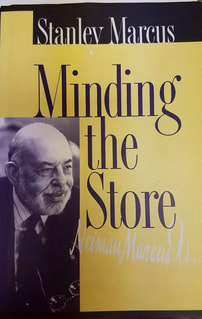
Lessons from fashion retailer Stanley Marcus offer another reminder to focus on quality when building a product mix while simultaneously offering varied price points to appeal to a wide variety guest's needs. Stanley states, "there is nothing wrong with buying (store merchandise buyers) a gift of good qualilty and taste which retails for $5. She (or he) will attract new customers and delight established ones by offering something new and exciting at a price lower than usual; but if one item is successful it doesn't follow that she should add twenty, for then she simply lowers the average sale of her department". For food markets, since food is so highly impulsively purchased, consider a strong menu mix of grab & go prepared foods, but also consider small impulsive items to be purchased as incremental add-ons to build average guest checks / shopping basket size. In practicality, even the register counter "change maker" bite size chocolate or caramel can please a customer and build profitability. Ensure whatever price point you're buying merchandise for that each item is aligned with the brand and cohesive within your custom curated product mix. Secondly, Stanley Marcus noted convenience and solving customers problems paid dividend and builds loyal customers. A specific example was his industry leadership in "ready-to-wear" clothing. Prior to this philosophy retailers ordered clothing for their customers based upon their measurements. Clearly, this process would take some undesired time waiting for the garment's manufacturing and shipment to the store. Imagine if there were a problem! Likewise, the food industry's efforts to make more foods readily available for selection and purchase, NOW, has generated incremental opportunities obtaining sales formerly lost. Making high quality foods available for easy and quick customer selection in what we call RTE or ready-to-eat solves basic human needs in today's fast paced mobile world.
Take Away Grab & Go Food Lesson 2: Build Distinctive Signature Product Mix Offerings: Finally, offering a world-class high-quality product offering requires distinct food products, research and often a customized distribution system to become successful. Take for example the story of Wil Wright's Ice Cream Parlor on the Sunset Strip. This incredible "extraordinary" ice cream was sampled for Neiman & Marcus's signature Zodiac restaurant. The initial sample shipment cost over $20 per gallon but passed the flavor and quality test! The two businesses worked together to develop a specialized method of train and refrigerated truck transport to offer the best which ended in a long term partnership and delighted customers who much appreciated a served single bowl or the ability to purchase by the gallon when they specially entertained their friends. Secrets of Selfridges - PBS Video
Take Away Grab & Go Food Retailing Lesson 3 - Making Merchandise More Accessible: Harry Selfridge's lavish merchandising brought merchandise out from behind traditional service counters allowing the guests to interact with the product. Touching, feeling, and personally exploring his offerings helped to encourage sales. This was unconventional in a time when customers traditionally requested items from behind counters and display cases from a "functional" store attendant. His methods found great success as products became more accessible. Consider how this relates to modern food retailing. In today's day and age service can take different forms. Often traditional food retailers or hospitality groups may subscribe to positive guest interaction as a primary act of service. As a result many food markets in these establishments feature fixturing in the form of refrigerated and ambient "behind glass" food display cases. I will challenge retailers to reconsider the effects of this format and presentation of food merchandising and take bold new steps like Harry Selfridge did in making products more easily and readily purchasable. This may require new packaging and finding new areas to build displays. Allow guests to make their own selections, review your food offerings, and interact with your labeling and packaging at their own pace. As guests lazily stroll or hurridly race through your market consider methods to value their time through your product display methods and product formatting. Then like Selfridge, teach your sales team to be ambassadors and subtle sellers of your great products through their knowledge, sampling, and personal experience with the items themselves.
Many lessons from these past successful innovators can help us take bold moves in today's food markets as we strive to build creative and unique food programs aimed to meet our customers grab & go food needs. Best of luck advancing your retail food marketplace! The race to re-format foods to on-the-go convenience focused options now offers retailers many fresh produce options. Major growers, processors, and fruit marketers are innovating solutions to save retailers time and effort offering healthy options. Expand your offerings and improve your profitable opportunities. Take a look below at some of the ideas we've recently found in our travels. Food processors are creating more options that are:
Cabo Fresh & Calavo Guacamole Packages Longer stay hotel or resort properties may benefit from single serve boxes of guacamole packages. In vacation areas many guests enjoy relaxing by the pool with chips & salsa or other appetizer or snacks. These solutions in individual size or these convenient 4 single serving packs could offer a solution with good shelf life which could meet guest needs without compromising possible product shrinkage due to loss. Aseptically packaged options offer the retailer opportunities to limit exposure while still making these products available.
In our consulting practice at Merchandise Food we regularly help our clients develop and enhance their product mix offerings. Our attention to trends and review of new products helps our clients get the right products in front of the right guests more often. Curated product mixes are becoming more and more important to align with food retailer and hospitality marketplace brands. The quality of and the products you offer in your food market reflect your image. By offering fitting items you can communicate your understanding the guests and customers you serve. Your hospitality can extend to proactively meeting guests needs by having fitting products on your shelves and in your coolers before they ever check-in. Great luck enhancing your grab & go foods programs with more fresh produce offerings. We are always looking to learn about new products. If you have a new convenience or grab & go product please reach out to us and let us know. Categories All 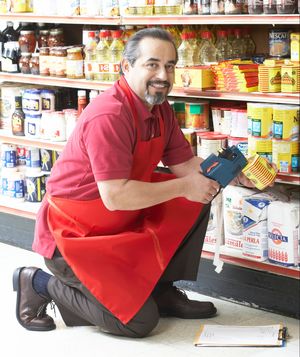 Every retail food market, grocer, and eatery is likely responsible for limiting their own sales. A recurring food retailing challenge is a limited product mix meaning too few items to appeal to customers, meet their holistic shopping needs, and to simply appeal to more people often enough to drive greater impulse purchases. If sales are the life blood of a retail food store, you must continually ask yourself, "What hurdles have I placed in the way of my customers to buy more food from me?" Consider a financially successful week in any retail food store like a difficult journey to cross a hot dry desert. The logical threat of dehydration would make us very intentional to properly prepare enough provisions and water to reach our goal successfully. Without adequate water we would become tired and weary barely able to trek onward. Our resources would deplete quickly making a trip more difficult than necessary. Without adequate water, many may never see the other side of the dessert, and others may barely just cross exhausted, weak, and suffering a major blow to their short or long term health. Every week, a similar situation happens to food retailers across America who instead of water lack the life blood of retailing: an adequate number of products to sell to generate the necessary profitable transactions to succeed. Not just products but enough products to prevent regular out of stock situations. Not just products but a healthy variety of products to appeal to a larger audience. Not just products but the products our customers need. Not just a fun mix of "on-brand" products but a comprehensive product mix without major gaps that would make it inconvenient to visit our store. When confronted with this idea, many of my clients often look at me crazily and say "Where are we going to fit more products?" Great question! For retail environments with expansive space we add fixtures and shelves. For many the answer is much easier, "On your existing shelves." I'll say. Take a look at this up-close visual example of 3 simple common sense food merchandising problems on our shelves which if not solved and optimized will regularly limit our sustainability and financial success as a food retailer. The goal of optimal food merchandising sets is to ensure shelves look entirely full from top to bottom. The varied color segments represent three common but distinct limitations outlined below.  Unfilled Shelves: The areas in red illustrate empty horizontal shelf facings. Products sell best when presented in mass. Each impression of a product helps to sell the one next to it. Often retailers have significant inventory stacked invisibly behind the visible front row with empty spaces surrounding. Use your inventory and space effectively and visually fill shelves fully at all times.  Shelving Gaps: Retailers often limit themselves simply by not ordering enough shelves to truly use their space to their advantage. Ordering 2-3 more shelves for this unit (and any others throughout the store as necessary) will instantly expand the number of possible facings or product varieties.  Unnecessary Duplicate Products: Shelves can feature duplicate facings of the items, but often adding new varieties of items will help optimize sales as well. At some point sales will plateau whether you have 2 or 8 facings of certain products because they simply have limited marketability. Optimize this by decreasing facings of this item and adding new items instead to fill the space. In small size markets, variety in the space will likely add the opportunity for more transactions. Guests will simply run out of things to buy if the selection is static and limited. •The example features one regular wooden shelving unit, but represents opportunities in all store retail shelving areas including those dry units, inside service cases and door refrigerated cases. In small markets shelving and space must be used to it’s fullest potential. Consider how shops in Manhattan must use vertical space and shelving in creative methods simply to “fit” everything into the store and to ensure they can be profitable at a level to cover high rent / real estate expenses. Keep in mind specialty or gourmet food products or boutique type markets with very high margins may have the luxury of taking a more creative design oriented approach to placing products on their shelves. In these circumstances the relative higher revenue of selling a smaller number of items will still generate the profitability for the business to remain successful without having to consider how to optimize every square foot of space. For the rest of us, staying focused on making your space work for you will involve setting your displays appropriates, keeping them filled, training and hiring the right employees, and regular review. While dynamic grocers may be using plan-o-grams and big data to solve these challenges, smaller retailers can move in this direction by dedicating a set time to make the changes and simply using some good old fashioned common sense! Our best luck in making your food merchandising efforts more profitable in the year to come. Learn more now about how Merchandise Food helps retailers reach greater potential.
|
Food Merchandising Blog: Ideas & Tips to Help you Grow Your Food MarketCategories
All
Jonathan Raduns
Email |
Photos from sleepyneko, JeepersMedia, EverJean, jbcurio, CarbonNYC [in SF!], loop_oh, Rev Dan Catt, Ambernectar 13, shioshvili, jbcurio, USDAgov, lilivanili, Danielle Scott, mattymatt, Birmingham Culture, Birmingham Culture, JGNY, cliff1066™, dv_flick, stevendepolo, maduko, Birmingham Culture, iriskh, hildgrim, michaelnpatterson, craigemorsels, alykat, pheezy, torbakhopper, USDAgov, Rob.Bertholf, coniferconifer, bhamsandwich, TinyTall, alice_henneman, arpent nourricier, Steven Pisano, kevin dooley, Birmingham Culture, smith_cl9, Scot Nelson, Polycart, Kent Wang, pjohnkeane, touheyphotography, alh1, Mayer 8, Worldizen, lmpicard, Forest Farming, madmarv00, Anthony Albright, Mr.TinDC, saturn ♄, mcatalena
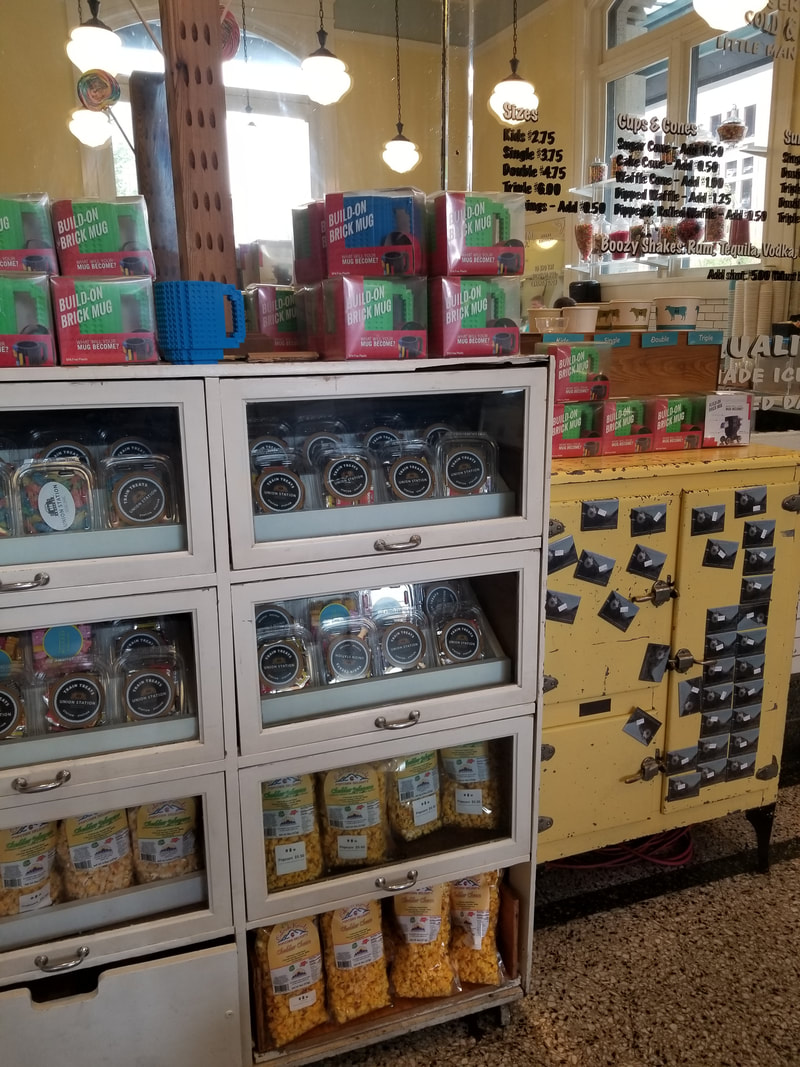
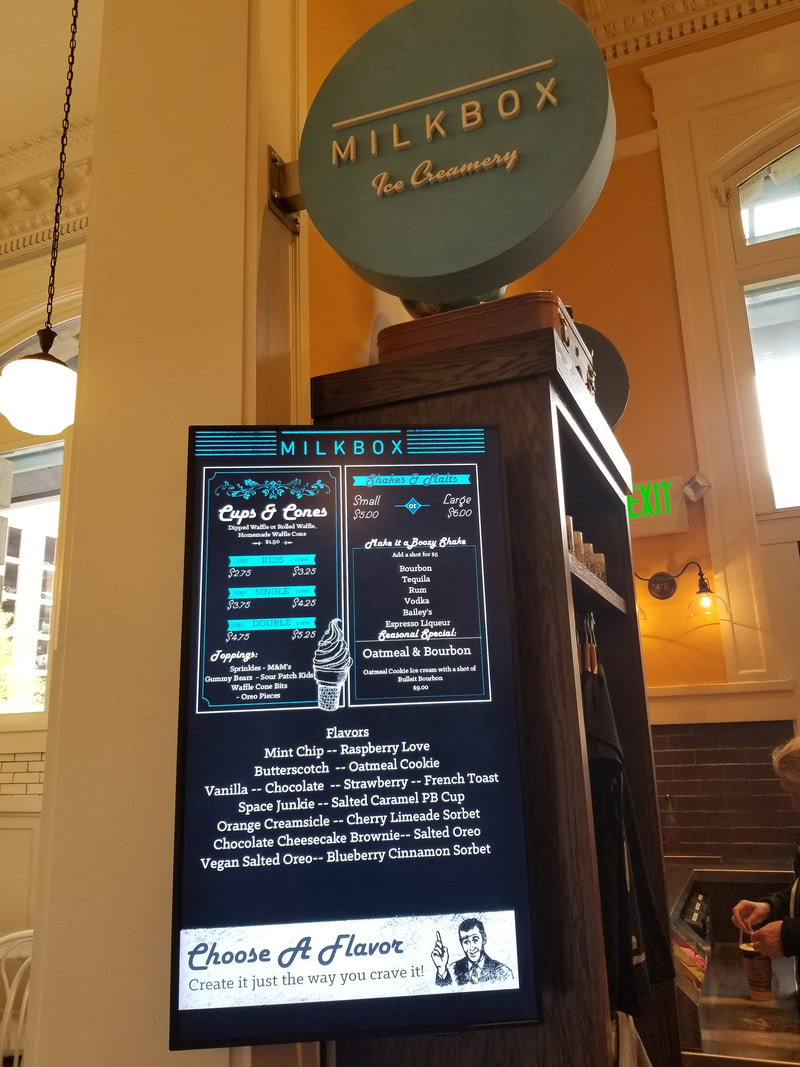
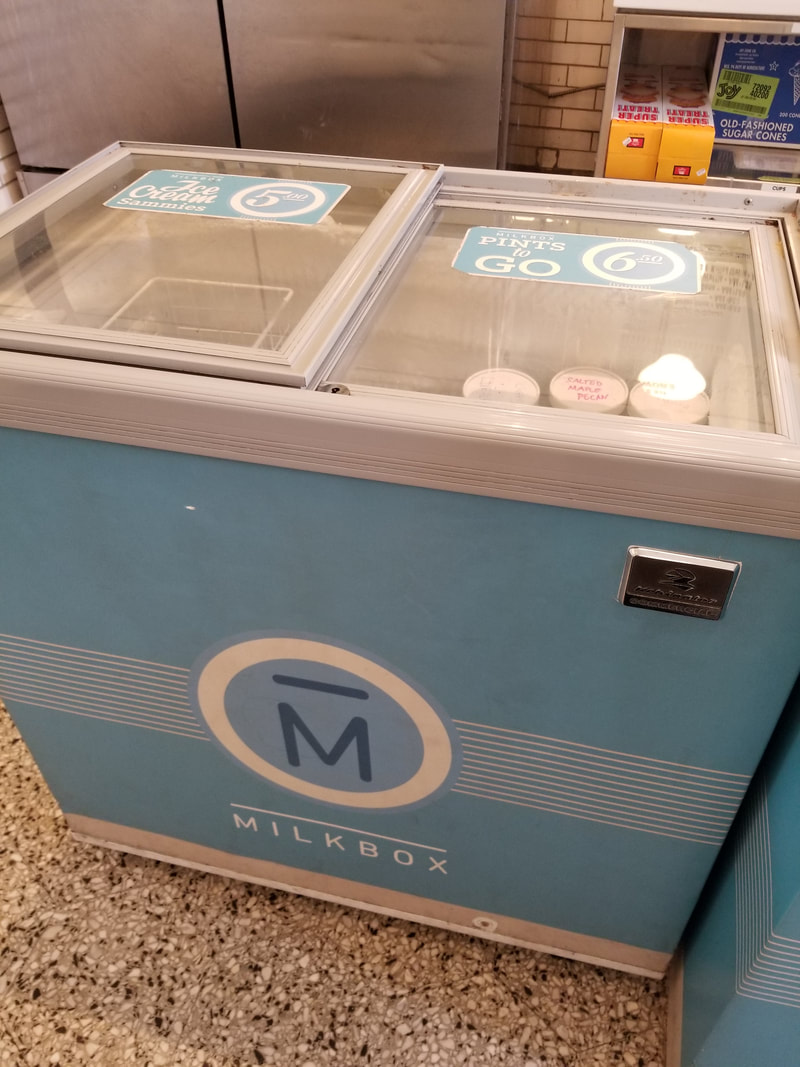
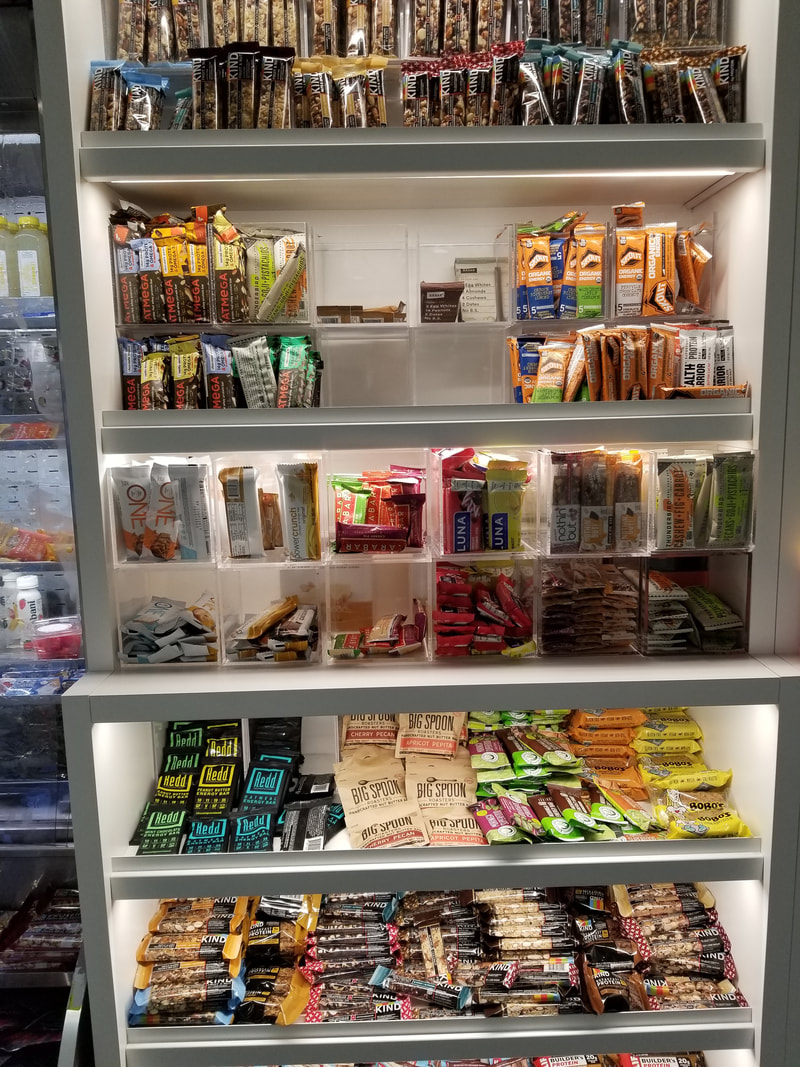
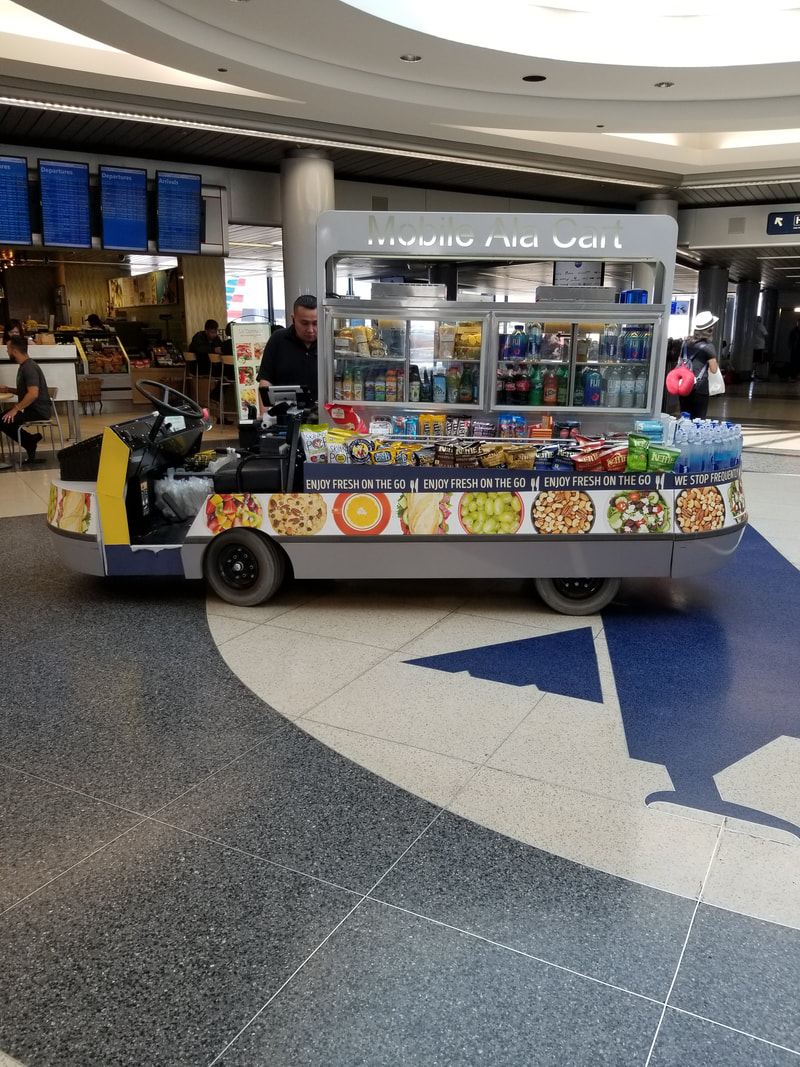
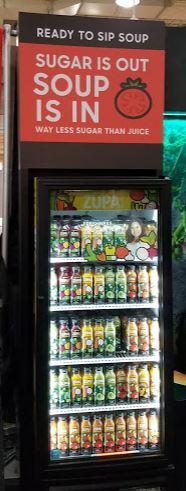
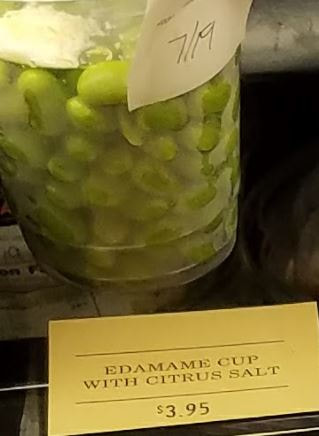
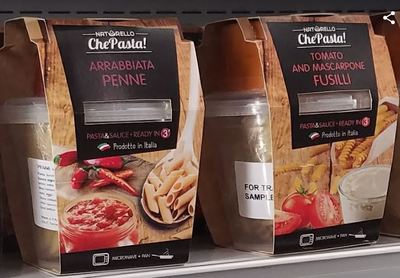
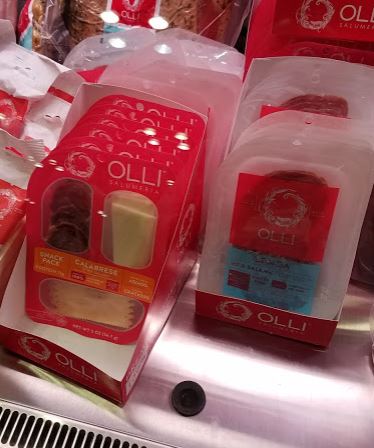
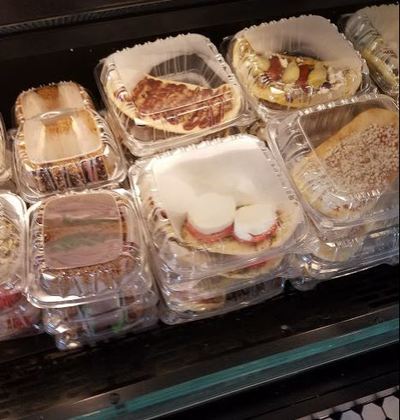
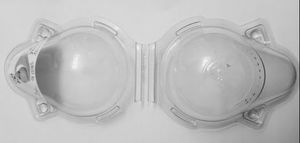
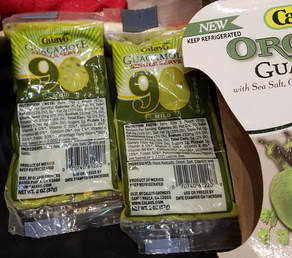
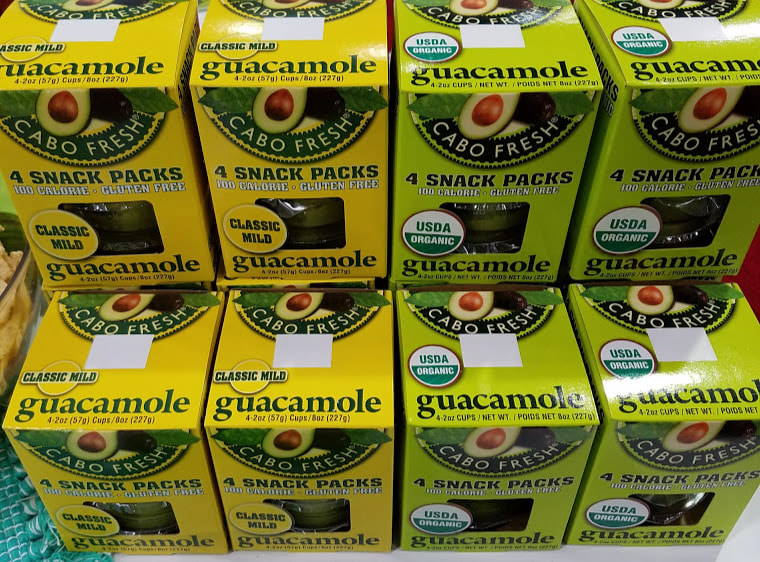
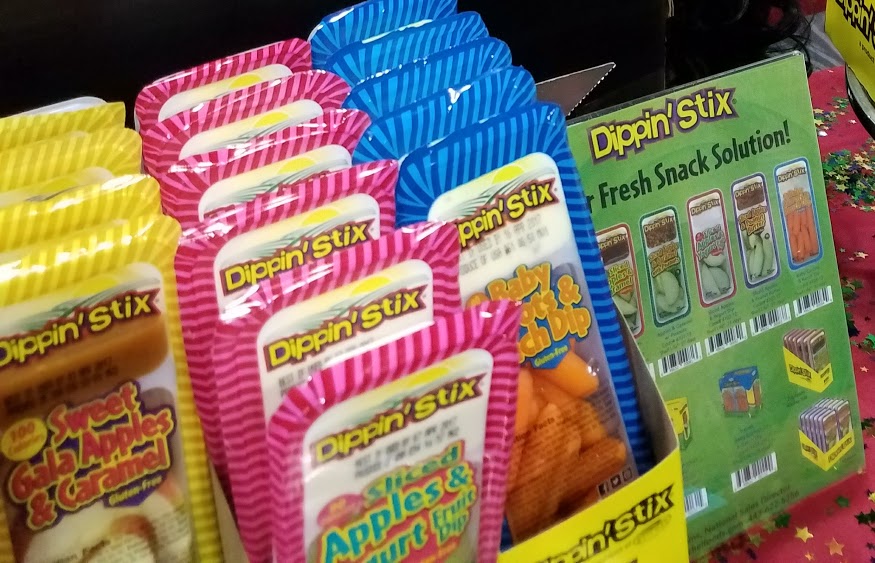
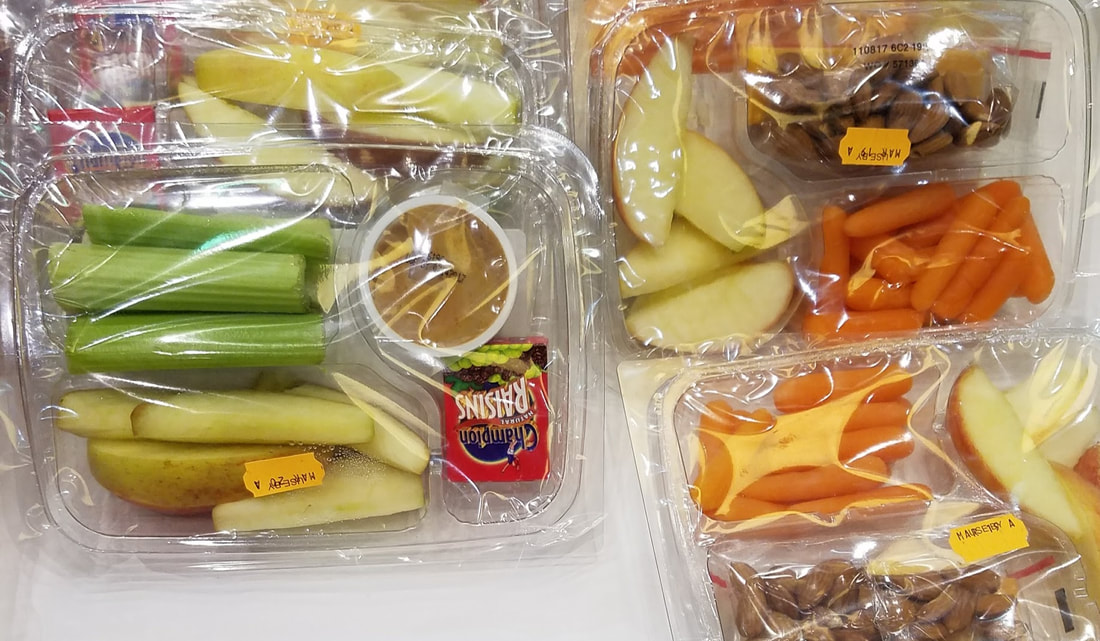
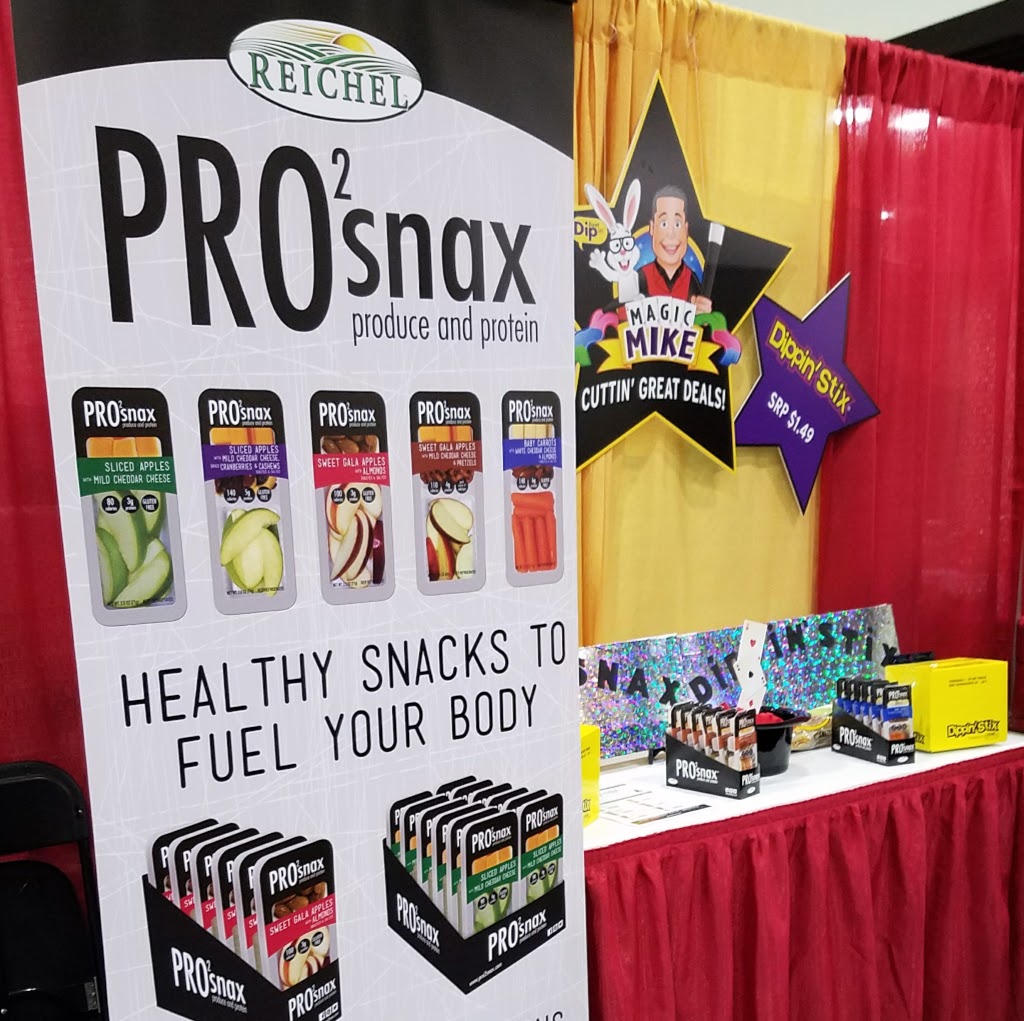
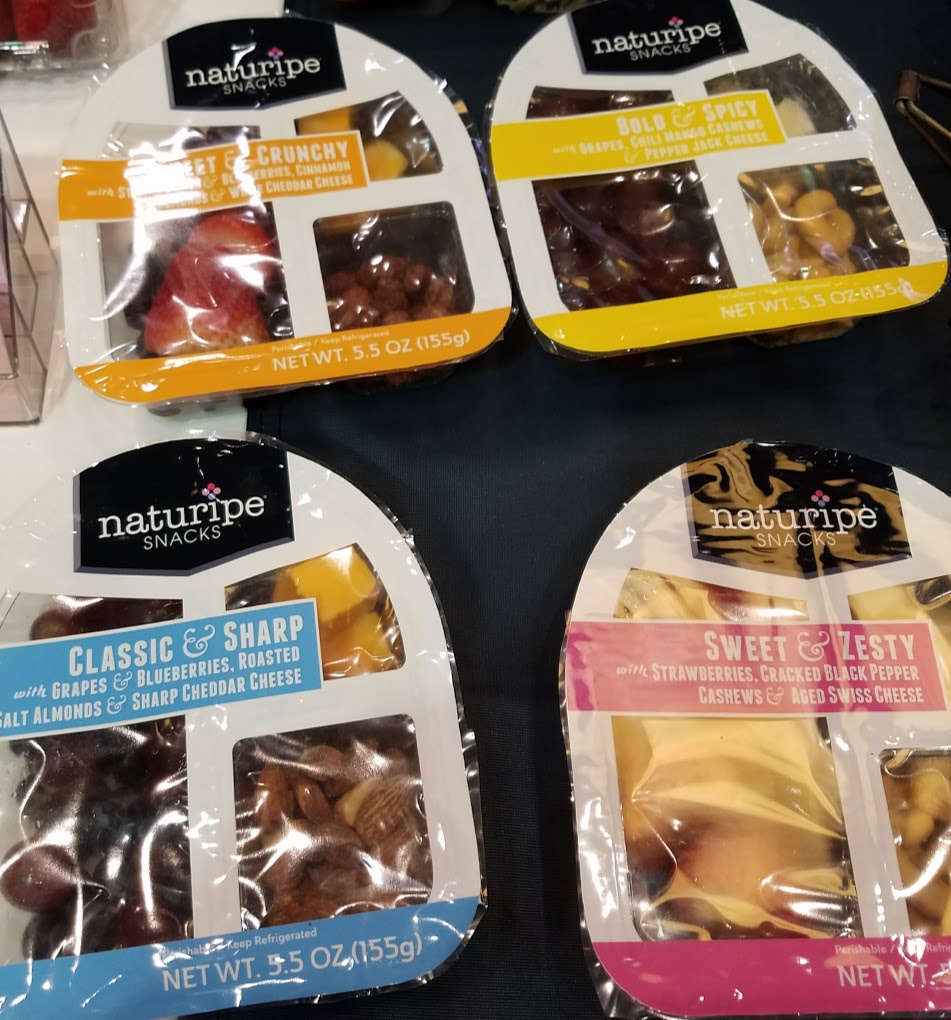
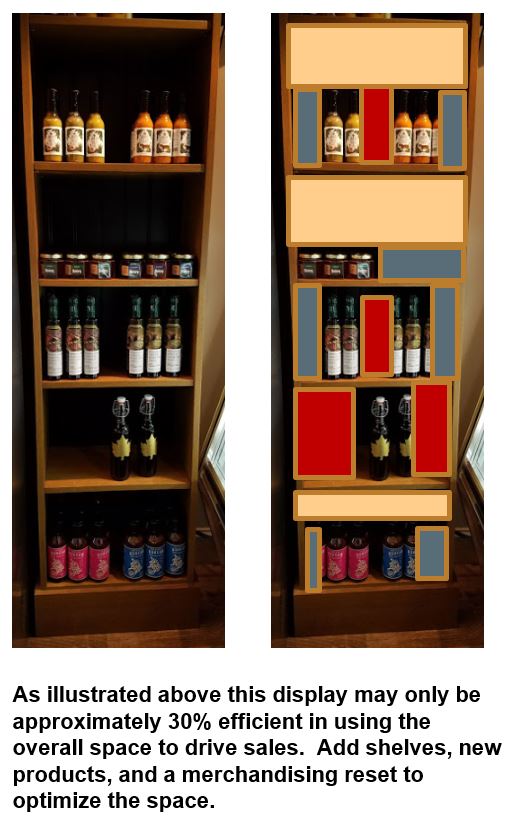


 RSS Feed
RSS Feed
